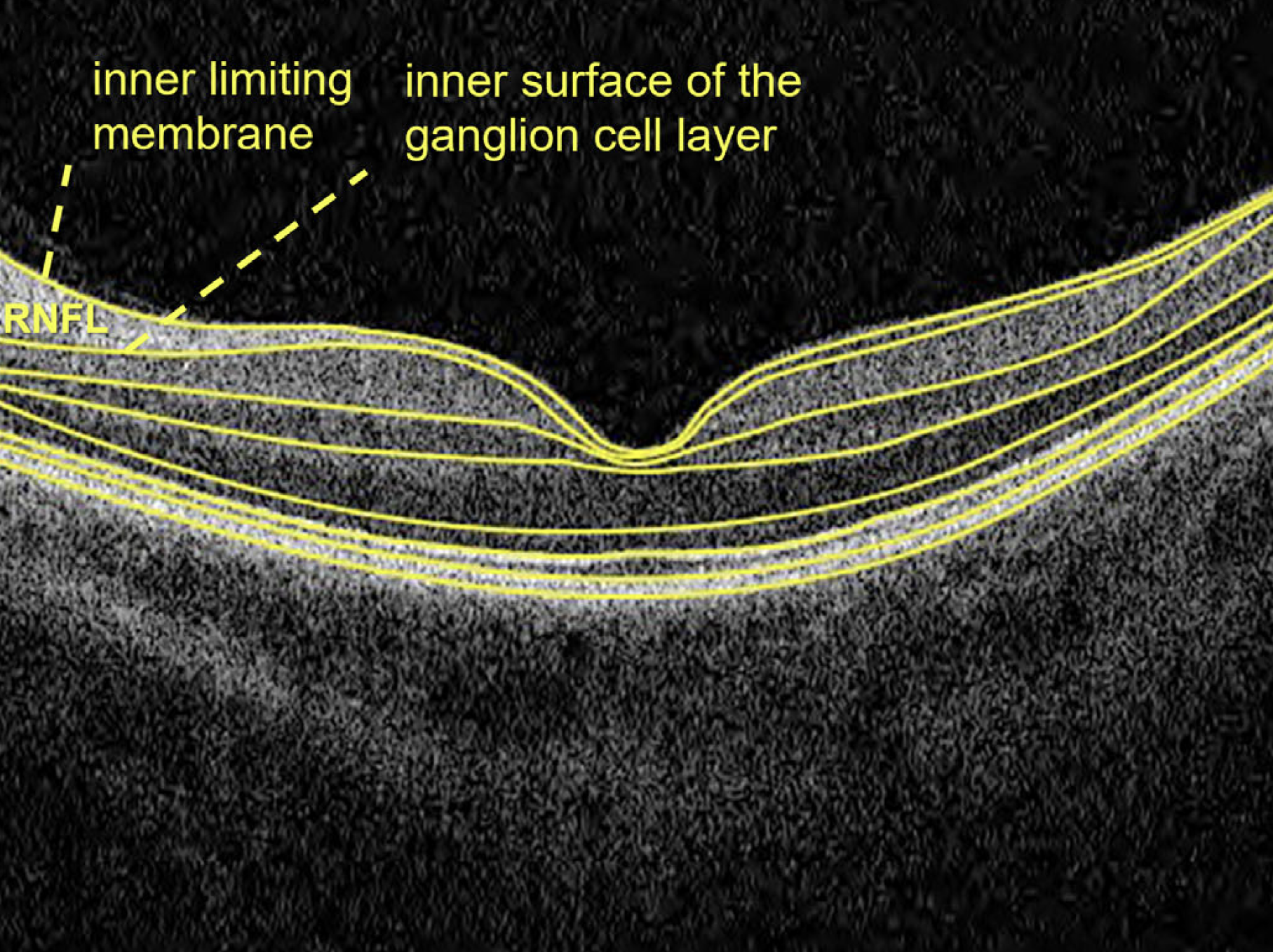 |
| High-density lipoprotein cholesterol has anti-inflammatory properties at certain levels, but it can shift to pro-inflammatory in patients with chronic conditions related to systemic oxidative stress and inflammation. This image from the study shows the segmentation used in their analysis. Photo: Ma Y, et al. Invest Ophthalmol Vis Sci 2024:65:11:12. Click image to enlarge. |
“Good cholesterol” has been praised for its association with reduced cardiovascular disease risk, but new evidence suggests that elevated levels of this high-density lipoprotein cholesterol (HDL-C) may be harmful to the central nervous system. Serum lipid studies have reported associations between HDL-C and increased risk of dementia, and other associations with IOP and glaucoma have also been reported.
Due to its connection with the body’s central nervous system, the retina can reveal clues to neurodegenerative health and diseases such as dementia. To further explore the potential link between HDL-C and neurodegeneration, researchers analyzed the effect of HDL-C on the retina via OCT images of UK Biobank participants. Their findings, reported in Investigative Ophthalmology & Visual Science, showed that HDL-C may be a valuable new biomarker for neurodegenerative conditions.
A total of 31,738 participants with OCT imaging were included in the cross-sectional study. Those with neurological or ocular diseases were excluded. The researchers’ statistical analysis showed that high HDL-C levels (>1.7 mmol/L in women and >1.5 mmol/L in men) were associated with thinner RNFLs. However, they also reported a significant positive association between HDL-C and RNFL thickness when the HDL-C was between 1.4 and 1.7 mmol/L for women. Based on nuclear magnetic resonance spectroscopy analysis, the researchers determined that these associations may be driven by distinct HDL-C subclasses.
“Our findings suggest the potential existence of a threshold effect of HDL-C at higher levels,” the researchers concluded. “Moreover, the study revealed an association between HDL-C levels and retinal markers of neurodegenerative diseases, suggested that elevated HDL-C may serve as a novel risk factor for conditions such as dementia. These findings may contribute to the implementation of preventive interventions and improved patient outcomes.”
| Click here for journal source. |
Ma Y, Wu Y, Jin L, et al. Association of retinal nerve fiber layer thinning with elevated high density lipoprotein cholesterol in UK Biobank. Invest Ophthalmol Vis Sci 2024:65:11:12. |


